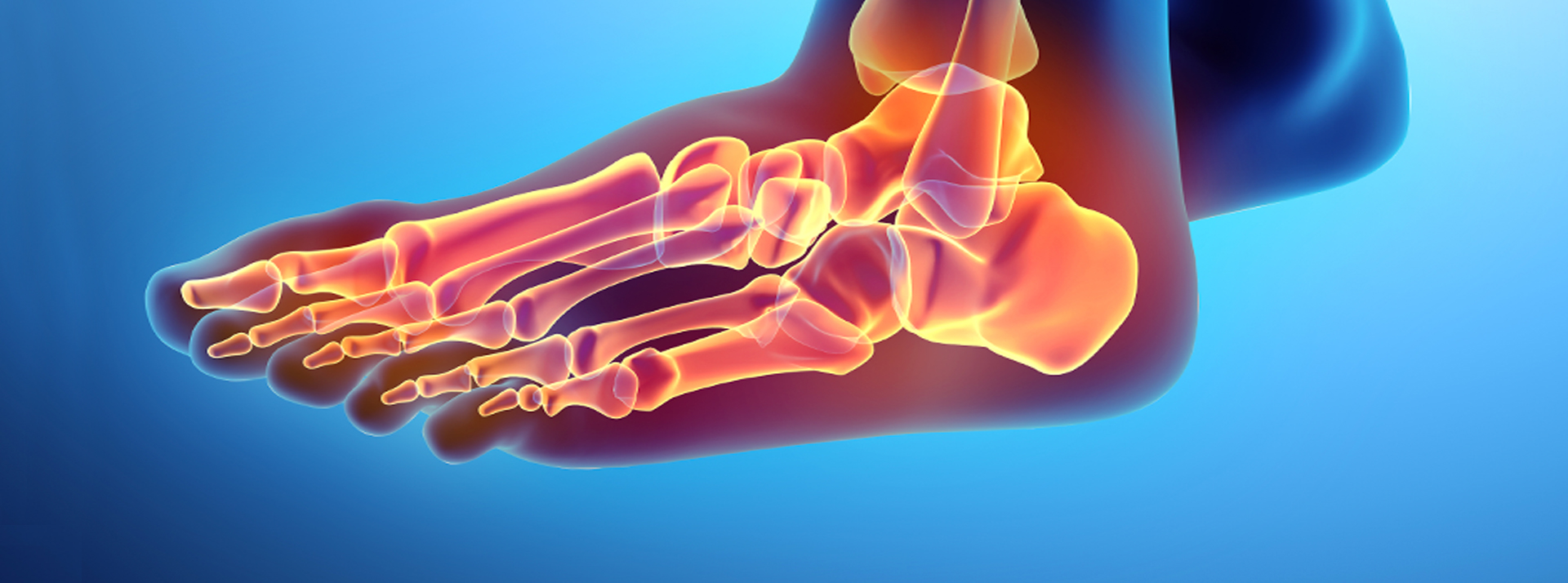On your first appointment, we undertake a complete assessment of your feet and lower leg areas; including a diabetic foot check which involves:
- Finding out whether or not you have any foot problems at present, or in the recent past;
- Examining your feet and possibly your footwear to see whether you may be at risk of rubbing or pressure;
- Checking your skin for changes in colour and checking for the presence of ulcers, sores, areas of hard skin or any signs of inflammation or infection;
- Testing the feeling in your feet to see how well the nerves are working;
- Taking the pulse in each of your feet to check the blood flow;
- Working out your risk (low, moderate or high) of developing a diabetic foot problem.
If the foot check shows that you don’t have any foot problems, you will still need to have a foot check every year.
The Podiatrist will talk with you about the risk of your developing foot problems in the future and explain how to look after your feet.
Additionally, we will talk with you about any appropriate treatment, including self-care, maintenance and when you should be seen again.
The appointment will also include a normal routine treatment of checking and cutting nails as necessary, finishing with a moisturising cream.
If there is a need for further treatment and depending on the condition of your feet then that would necessitate a further appointment.



